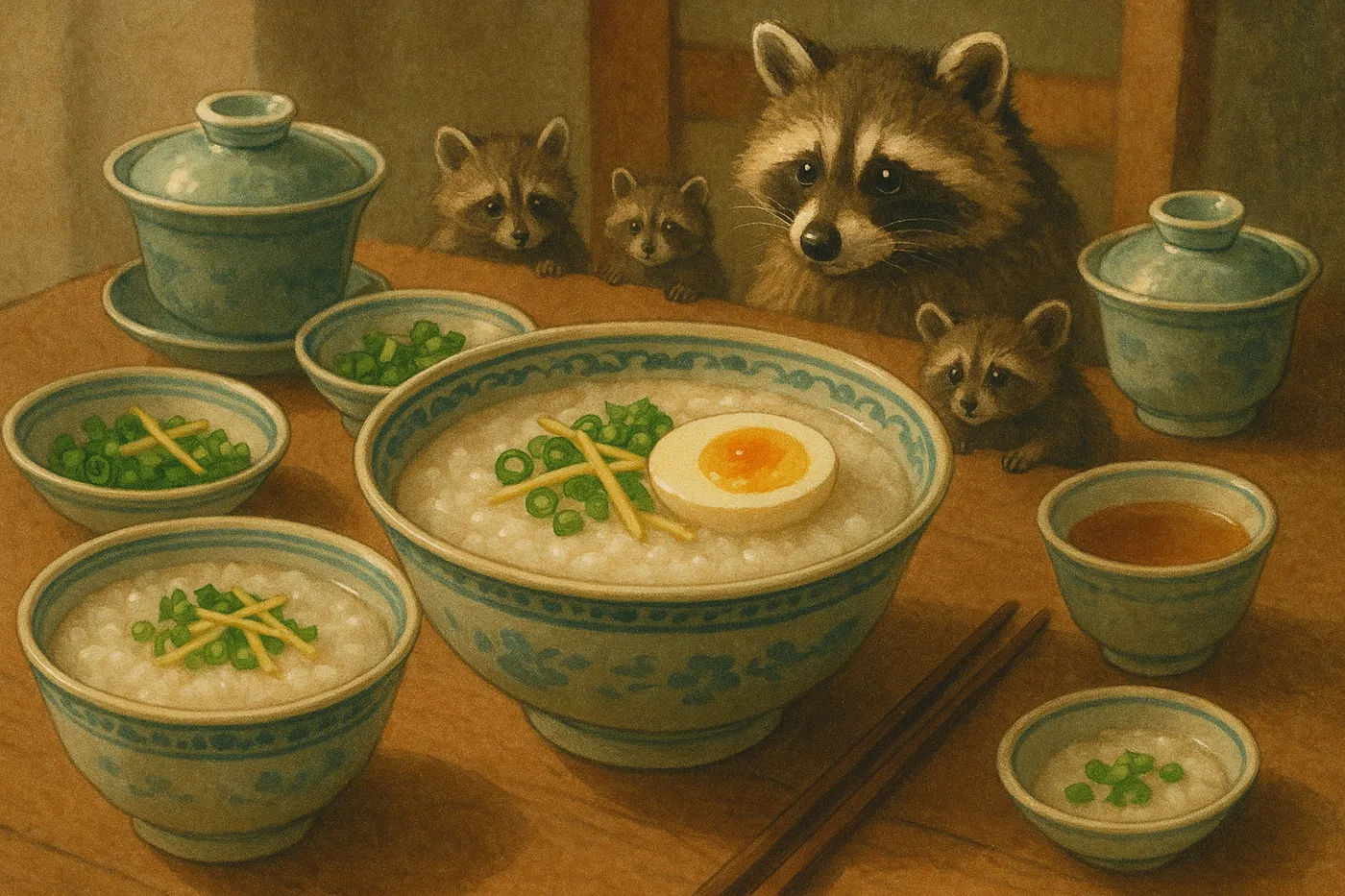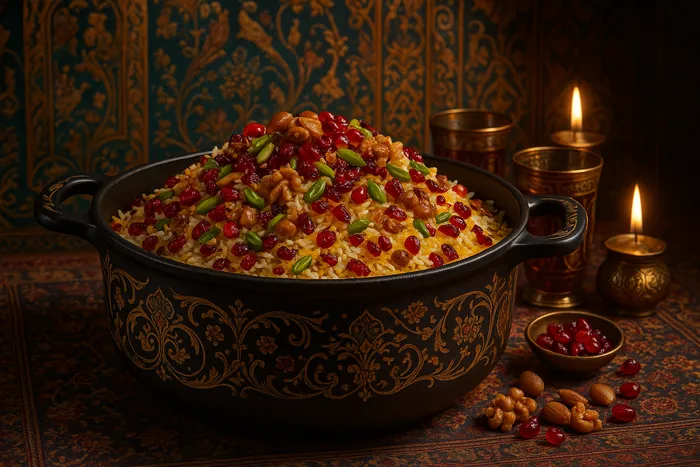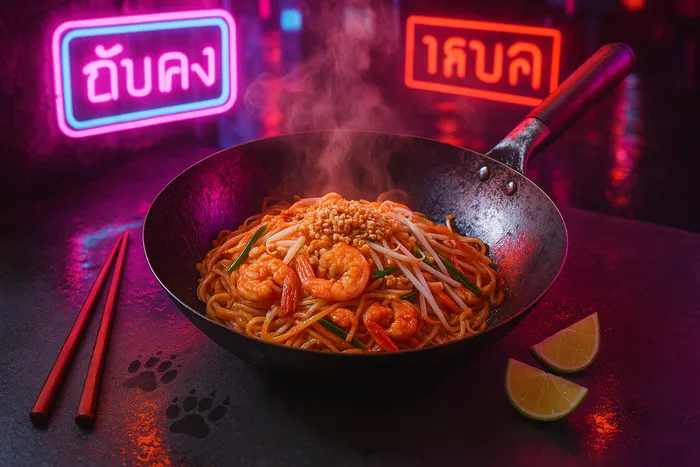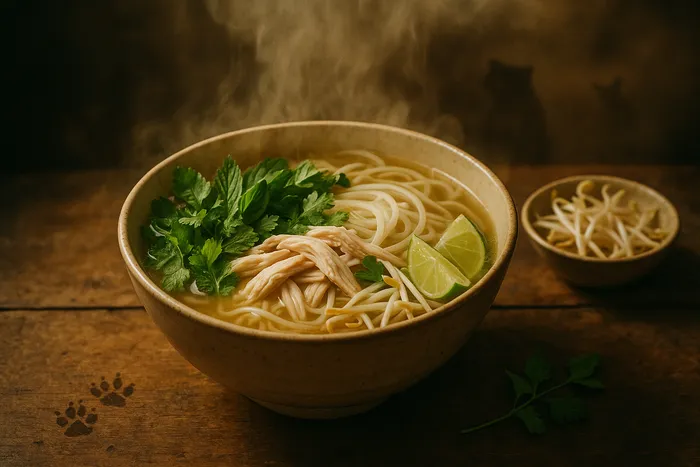main-dish
Chinese Congee
Prep: 10 minutes
Cook: 1 hour 30 minutes

Congee teaches patience in the most gentle way possible. What starts as rice and water becomes something silky, soothing, and infinitely adaptable through nothing more than time and occasional stirring. This is Chinese comfort food at its purest—simple ingredients transformed into liquid embrace.
The beauty of congee lies in its simplicity and versatility. Plain congee serves as a blank canvas for endless toppings, while the cooking process itself is meditative. There's something deeply satisfying about watching rice grains slowly break down and merge with water to create something entirely new.
Ingredients
For basic congee:
🍚 1 cup jasmine rice
💧 10 cups water or chicken stock
🧂 1 teaspoon salt
Classic toppings (choose any combination):
🥚 2 soft-boiled eggs, halved
🧅 3 scallions, finely chopped
🫚 2 tablespoons fresh ginger, julienned
🌿 Fresh cilantro leaves
🥜 Roasted peanuts, crushed
🌶️ Chili oil or sesame oil
🥢 Soy sauce to taste
🧂 White pepper
🍄 Shiitake mushrooms, sliced and sautéed
🐟 Flaked cooked fish or shredded chicken
Instructions
Rinse the rice thoroughly. Wash jasmine rice in cold water until the water runs clear, about 3-4 rinses. This removes excess starch and prevents the congee from becoming gluey.
Start the slow transformation. In a large, heavy-bottomed pot, combine rinsed rice with water or stock. Add salt and bring to a boil over high heat, stirring occasionally to prevent sticking.
Reduce and simmer. Once boiling, reduce heat to low and partially cover the pot. Simmer gently for 1 to 1.5 hours, stirring every 15-20 minutes to prevent sticking and encourage the rice to break down.
Monitor the texture. The congee is ready when the rice has completely broken down and the mixture has a creamy, porridge-like consistency. It should coat the back of a spoon but still be pourable. If it gets too thick, add more hot water or stock.
Season to taste. Adjust salt and add white pepper if desired. The congee should taste mildly seasoned but not bland—it's the foundation for all the toppings.
Prepare toppings while congee cooks. Soft-boil eggs (6-7 minutes), chop scallions, julienne ginger, and prepare any other desired toppings.
Serve hot with toppings. Ladle congee into bowls and let everyone customize with their preferred toppings. The contrast of textures and flavors is what makes congee special.
Congee Cooking Timeline
timeline
title Chinese Congee Process (1.5 Hours)
0:00 : Rinse Rice 3-4 Times
: Combine with Water/Stock
0:05 : Bring to Boil
: Stir Occasionally
0:10 : Reduce to Low Heat
: Partially Cover Pot
0:30 : First Stir
: Check Texture
0:50 : Second Stir
: Rice Breaking Down
1:10 : Third Stir
: Add Water if Needed
1:30 : Final Consistency
: Season & Serve
flowchart LR
subgraph Prep["Preparation"]
A[Rinse Rice<br/>Until Clear]
B[Prepare<br/>Toppings]
end
subgraph Cook["Cooking Process"]
C[Boil Rice<br/>& Water]
C --> D[Reduce Heat<br/>Simmer Low]
D --> E[Stir Every<br/>15-20 min]
E --> F{Texture<br/>Check}
F -->|Too Thick| G[Add Hot<br/>Water]
F -->|Perfect| H[Creamy &<br/>Pourable]
G --> E
end
subgraph Finish["Serving"]
H --> I[Season with<br/>Salt & Pepper]
I --> J[Ladle into<br/>Bowls]
B --> K[Top with<br/>Chosen Items]
J --> K
end
A --> C
K --> L[Serve<br/>Immediately]
style A fill:#4DABF7
style C fill:#FF6B6B
style E fill:#FD7E14
style H fill:#69DB7C
style K fill:#69DB7C
Key Points:
- Stirring frequency matters - every 15-20 minutes is ideal
- Rice should completely lose grain structure
- Final texture should coat spoon but remain pourable
Technique Notes
Stirring frequency matters—too much stirring creates gluey congee, too little causes sticking. Every 15-20 minutes is perfect.
The rice should completely lose its individual grain structure and merge into a creamy base. If you can still see distinct rice grains after an hour, keep cooking.
Congee continues to thicken as it cools, so it should be slightly looser than your desired final consistency when hot.
Flavor Variations
Chicken congee: Use chicken stock and add shredded rotisserie chicken in the last 10 minutes of cooking.
Ginger congee: Add 2 inches of sliced fresh ginger to the pot while cooking for digestive benefits.
Century egg congee: Add chopped century eggs (preserved eggs) for a traditional Chinese variation.
Seafood congee: Finish with fresh fish, shrimp, or scallops in the last few minutes of cooking.
Cultural Context
In Chinese culture, congee is often served to the sick, elderly, or anyone needing gentle nourishment. It's considered easy to digest and deeply nourishing—the ultimate comfort food.
Different regions of China have their own congee traditions, from Cantonese-style with various proteins to Teochew-style with pickled vegetables.
Storage & Reheating
Congee keeps in the refrigerator for up to 4 days and freezes well for up to 3 months. It will thicken considerably when cold.
To reheat, thin with hot water or stock while stirring over gentle heat. The texture should return to creamy and pourable.
Toppings Strategy
The key to great congee is balancing textures and flavors with toppings. Aim for:
- Protein: Eggs, fish, or meat
- Crunch: Peanuts, fried shallots, or pickled vegetables
- Freshness: Scallions, cilantro, or ginger
- Heat: Chili oil or white pepper
- Umami: Soy sauce or fermented vegetables
Remix Ideas
Savory oatmeal style: Top with fried egg, bacon bits, and cheese for a Western twist.
Sweet version: Cook with coconut milk and top with fresh fruit and honey.
Thai-inspired: Finish with fish sauce, lime juice, and fresh herbs.
Korean influence: Top with kimchi and sesame oil for fermented tang.
Perfect congee should feel like a warm hug in a bowl—silky, comforting, and infinitely customizable. It's proof that the simplest ingredients, given time and attention, can create something that nourishes both body and soul. This is Chinese cooking at its most essential: transforming humble rice into liquid comfort that's been healing and satisfying people for thousands of years.









